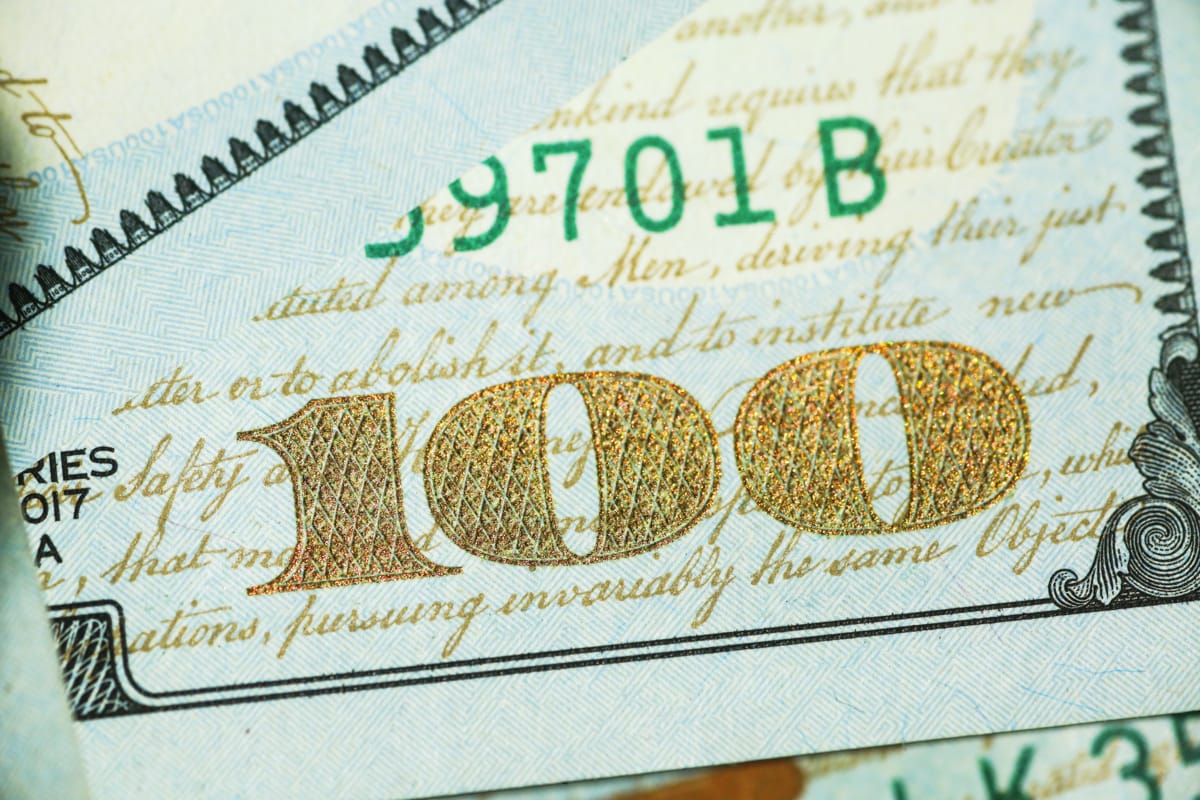The planned enlargement of the BRICS group has revived a long-standing debate on whether this grouping will remain just a talk-shop specialising in complaining about Western dominance of international institutions, or might develop substance, either as a diplomatic or economic vehicle.
The BRIC nomenclature was the brilliant public-relations brainwave of then-Goldman Sachs economists Jim O’Neill in 2001. The nominated countries – China, India, Brazil and Russia – didn’t began meeting until eight years later, with South Africa added the next year (hence BRICS). Now a further six countries will join, including Saudi Arabia and Iran.
The idea gave O’Neill fame and a British peerage, although he recently described BRICS as “having achieved nothing”.
China has hopes of building a grouping which would side with it in an increasingly bipolar world. Many of the other members (new and old), however, want to remain non-aligned. Some (e.g. India with the Quad) are leaning more towards America. Others (e.g. Indonesia) are staying away, fearing “too much China”.
The group has been described as “one superpower, one potential superpower and three stagnant commodity exporters”. Diversity has always been a characteristic, common interests are rather limited, and one member overwhelms: China accounts for almost three quarters of the GDP from the grouping.
Still, much the same could be said for the G7 and the G20. Let’s see how China can use BRICS as an organising framework for increasing its soft power and sway in international agencies such as the United Nations.

As has been noted, “The recent political renaissance of the BRICS rests largely on what its members oppose – US hegemony, including dollar hegemony”. Could the grouping put substance into this opposition? One recent Interpreter contributor thinks so: “There has been increasing talk of the BRICS nations … developing a new currency that will rival the US dollar as the global reserve standard.”
Ever since French Finance Minister Giscard d’Estaing’s 1965 complaint about American “exorbitant privilege” in having a currency that everyone wanted to use and to hold, there have been plans to undermine this privilege.
To make sense of this, we need to identify the various purported benefits of this privilege. The US dollar (USD) is used to denominate international trade, as a reserve currency asset, and as a numeraire for international financial transactions.
The USD is the dominant currency in global trade (used for three quarters of Asia Pacific trade), in global financial markets (involved in more than 90 per cent of international transactions), for 70 per cent of international lending, and for almost two-thirds of foreign currency reserves.
One further privilege: Foreigners hold $950 billion dollars of USD banknotes – interest free lending to the US Treasury.
Could BRICS counter this privilege by denominating their intra-BRICS trade in a member’s currency, such as the yuan (RMB)?
Saudi Arabia already denominates some of its oil exports to China in RMB. But unless the Saudis want to hold RMB assets in their foreign-currency reserves, they sell the RMB to buy assets in more-tradable currencies, mainly USD. Perhaps this allows the oil transaction to bypass the SWIFT international payments system and any threat of US currency sanctions, but if the Saudis want convertible currency as payment for their oil, they still need dollars. And it is the attractiveness of the USD as a reserve currency – not its trade-denomination role – which gives the United States an advantage in funding its chronic external deficits.
The more radical currency suggestions seem uniformly infeasible. The idea of a common currency (like the euro) was, unsurprisingly, dismissed by O’Neill as “ridiculous”. Returning to the gold standard is equally fanciful: it broke down because it required more discipline than governments could provide.
What about a multi-currency basket to replace the USD in intra-BRICS trade and capital flows? Something like the IMF’s synthetic reserve-unit, Special Drawing Rights (SDRs)? A basket made up of BRICS currencies would include a Russian ruble component – hardly an advantage in current circumstances. A basket based on convertible currencies (more akin to SDRs) requires a central authority to administer it, with a balance sheet of the component currencies, ready to provide liquidity.
All these possibilities run into the same obstacle: intra-BRICS trade balances overwhelmingly put China (and Saudi Arabia, in the enlarged group) in surplus. Unless there is a mechanism for equilibrating these inter-country imbalances, any common-currency system would quickly break down, with the surplus countries accumulating all the BRICS-currency.
On a different tack, would the BRICS’ New Development Bank (NDB) represent a substantial new source of development funding? The suggestion is that the NDB could issue debt and lend in the borrowing countries’ currency, thus removing foreign currency risk for the borrower.
Risk can be shifted to others, but rarely can it be extinguished. Either the NDB or the funder is bearing the currency risk. And, of course, someone is bearing the risk of lending to low-creditworthy borrowers. Thus, the NDB will be in the familiar position of all multilateral development banks, with tight constraints on how much it can sensibly lend.
And besides, so far, the NDB has lent $32 billion – a tiny sum, just a few percent of China’s Belt and Road Initiative.
What conclusion might be drawn? There is prestige in your currency being widely used globally, so China may be prepared to wear some of the costs of creating a role for the RMB in BRICS trade and investment. China (and perhaps Saudi Arabia also) have an interest in facilitating non-USD foreign investments as outlets for their trade surpluses.
It seems likely that China will play an important development role in Africa and South America in the future, and the related financial transactions might be placed within the BRICS framework to give the grouping some semblance of economic substance. But these developments will be constrained by the same realities that apply without the BRICS framework. Namely, that China wants to make profitable investments and get repaid.
So much (or so little) for the currency economics. That leaves whatever soft-power benefits come from developing a rival to the Western-dominated international order. It is even possible that this might hasten the adaptation of the Bretton Woods institutions to a world no longer dominated by its founding countries. Let’s wait and see.

